The Worst
1. The Sanitization
Contrary to popular belief, New Orleans’ Mardi Gras is actually a highly family-friendly event (at least if you stay out of the French Quarter). Multigenerational families line the parade route along St. Charles Avenue, children seated in wooden chairs built atop ladders. But the New Orleans definition of family-friendliness is far different than the theme park definition. In New Orleans, risqué and controversial are the order of the day for many krewes. It is understandable that Universal doesn’t want to risk drawing ire, but for a park that arguably invented the modern, gory, adult-oriented Halloween event, their Mardi Gras has always felt a little over-sanitized.
2. The Political Correctness
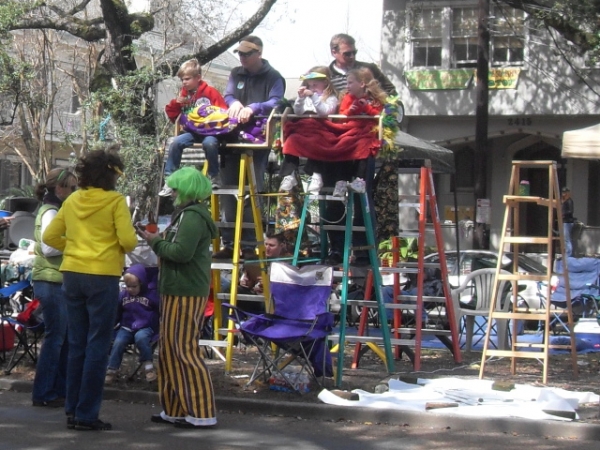
A sort of sub-issue to the sanitization of Universal’s Mardi Gras, the event bends over backwards to be politically correct. This is most noticeable in two glaring omissions: the Mardi Gras Indians and the Flambeaux.
The Mardi Gras Indian tradition began during the days of slavery, when sympathetic Native Americans living in the region assisted escaping slaves. As it was tradition in West Africa to dress like one’s hosts during a ritual celebration, many former slaves paid tribute to their Native American friends by dressing up like them during Mardi Gras. Today’s Mardi Gras Indians are descended from that tradition. African-American men work tirelessly throughout the year to create elaborate hand-beaded Native American costumes, and spend the day competing to be the prettiest.
The Flambeaux are torch bearers, marching alongside the floats during evening parades to light the way. Originally, they were slaves or free men of color, and their presence was necessary due to the lack of electric lights. They began to dance and perform along the route, earning coins tossed from the crowd, and gradually became every bit as much of the spectacle of Mardi Gras as the floats themselves.
Today’s Flambeaux are still African-American males by tradition, and many are descendants of the originals. They perform not because they are required to do so, nor because the torches are needed in the age of electricity, but because they are an integral and much-loved part of the show.
I understand why Universal would be leery of these local legends, as both the Mardi Gras Indians and the Flambeaux could be seen as offensive by those who do not understand the culture. But excluding both types of performers, who play such a vital role in New Orleans’ celebration, rather than attempting to educate and enlighten the crowd, feels like out-of-control political correctness.
3. The Throws
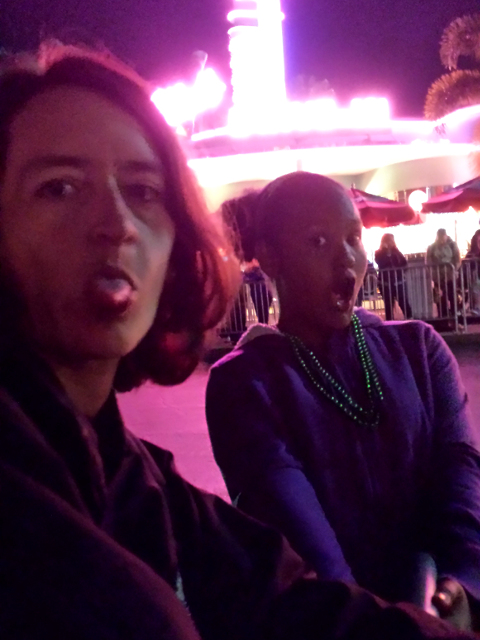
It would be tough to leave Universal Orlando’s Mardi Gras parade empty-handed, as the float riders are extremely generous with their throws. But the variety of items thrown is sadly lacking when compared to the New Orleans version. Teddy bears, small footballs, plastic cups, toys of every description, and even the famed Zulu coconut (a hollowed out and hand painted coconut shell) are just a few of the throws you can expect at New Orleans parades. While it would be expensive and unrealistic for Universal to try to duplicate the vast diversity of throws, economy of scale suggests that they could reasonably add in a few more types of inexpensive items.
4. The Crowds
New Orleans Mardi Gras is one of the biggest parties in the world, and it certainly draws massive crowds. But the length of each parade, the sheer number of parades, and the number of days in the Carnival season help to disperse people a bit and keep the crowding from feeling overwhelming. Universal Orlando has one parade a night, followed by a concert by a big-name performer with open admission in a fenced-off plaza.
While the regular attractions, shops, and restaurants are open during Mardi Gras, the vast majority of attendees join in the festivities. This creates a crush of bodies that can range from mildly annoying to terrifying, depending on your comfort level with being packed shoulder to shoulder with strangers. There isn’t much Universal can do about it, but it is a detraction for many people.
5. The Prices
Image: Universal
In New Orleans, Mardi Gras is still a local party that they just happen to invite the world to enjoy, and it is easy to find incredibly cheap alcohol, food options, and even souvenirs. Universal Orlando is a theme park, and it charges accordingly for everything from food to beer. While prices certainly aren’t raised for Mardi Gras, they are still somewhat prohibitive, especially for locals. Unless you have a tremendous budget, you will need to pick and choose what you eat and drink rather than grazing your way through all of the options.
Like any other experience, Universal’s Mardi Gras is darn near perfect for some visitors and simply not a good fit for others. Nonetheless, it is definitely something worth trying. Included in your regular park admission, it presents an experience that mirrors, while not replicating, the most famous party in the world.
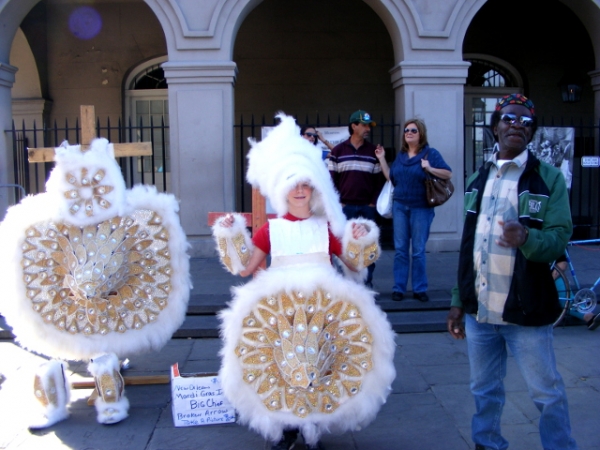
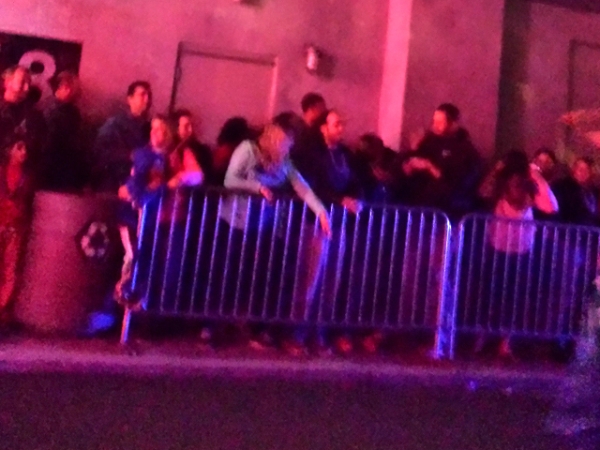
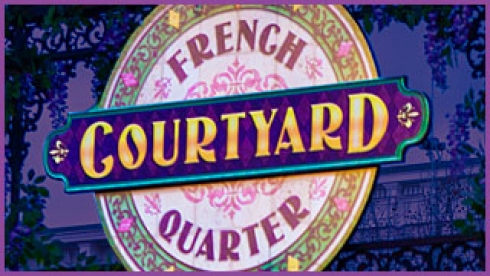
Add new comment